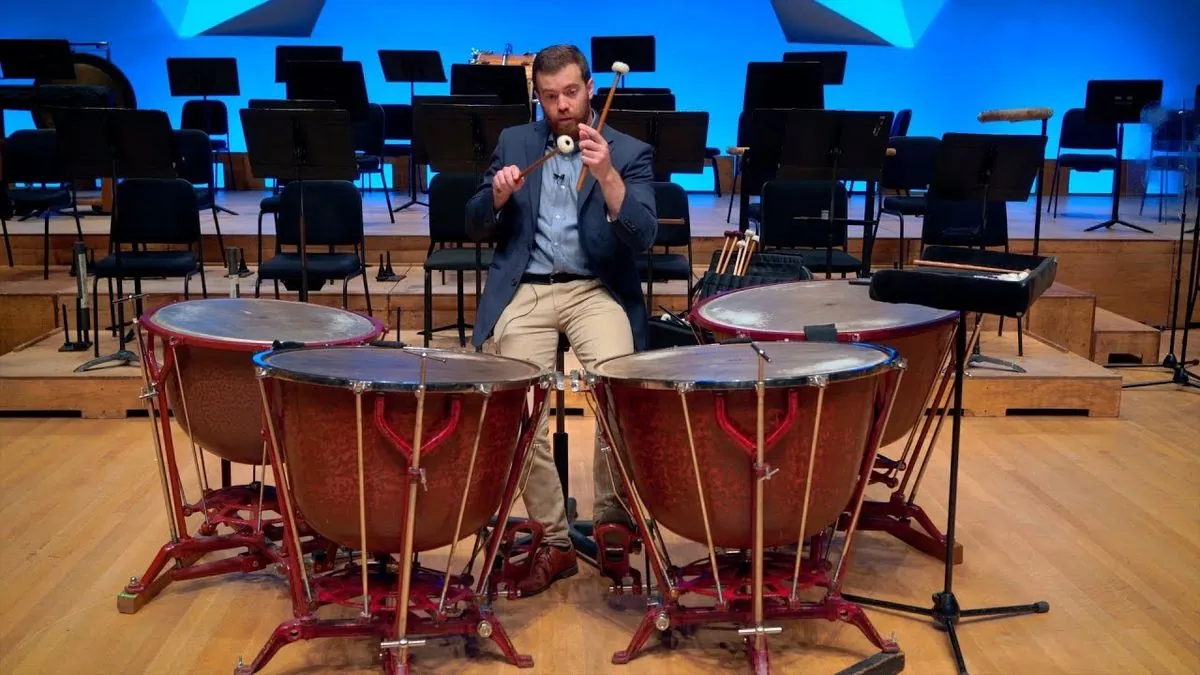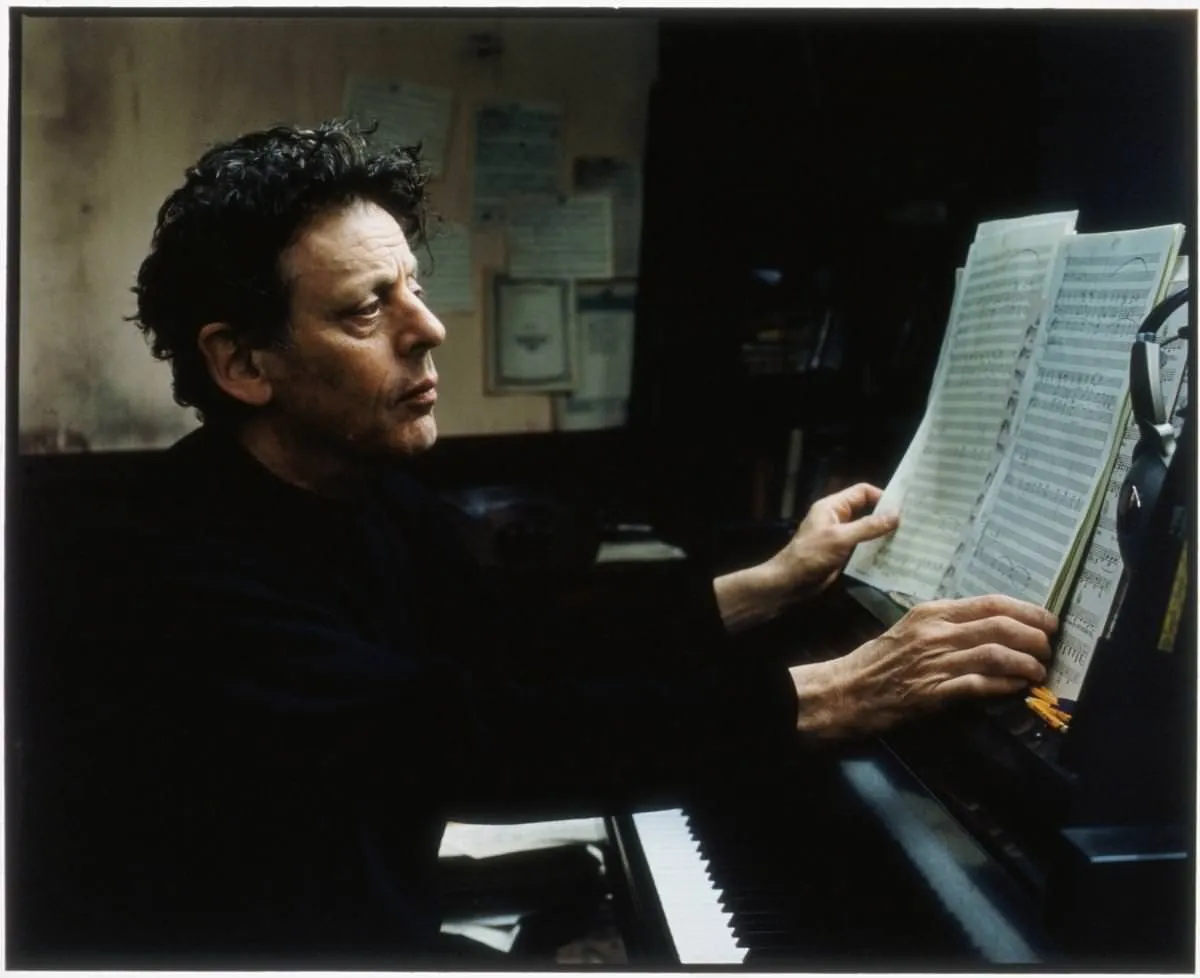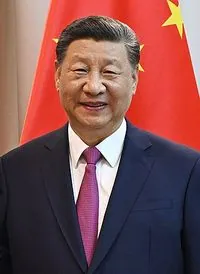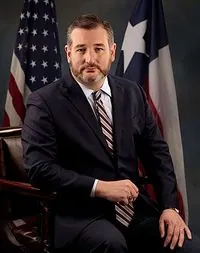Glass's Timpani Concerto Takes Center Stage in Philharmonic's Season Opener
Washington Metropolitan Philharmonic launches its 53rd season with "Fantastic Explorations," featuring Philip Glass's innovative "Concerto Fantasy for Two Timpanists and Orchestra." The performance showcases the timpani's versatility beyond traditional roles.

The Washington Metropolitan Philharmonic is set to commence its 53rd season with a concert titled "Fantastic Explorations" on Sunday, October 6, 2024. This performance promises to be a unique auditory experience, featuring works by Dai Wei, Leoš Janáček, and Josef Suk. However, the highlight of the evening is undoubtedly Philip Glass's "Concerto Fantasy for Two Timpanists and Orchestra."
Glass's concerto, which premiered in 2000, challenges traditional perceptions of the timpani's role in orchestral music. Scott Christian of the National Symphony Orchestra and Glenn Paulson, formerly of the Barcelona Symphony Orchestra, will showcase the instrument's versatility, surrounded by an impressive array of 17 timpani on stage.
The timpani, also known as kettledrums, have a rich history dating back to ancient Mesopotamia. Originally used in military contexts, they found their way into Western classical music in the 17th century. The modern timpani, developed during this period, has since undergone significant technological advancements, including the introduction of pedal timpani in the 1880s, allowing for quick tuning changes.
Ludwig van Beethoven was among the first composers to explore the timpani's melodic potential, paving the way for future innovations. His use of the instrument in works such as the Fifth Piano Concerto and the Violin Concerto in D Major marked a significant departure from its traditional role. Paulson particularly admires a single C-natural note played by the timpani in the slow movement of Beethoven's Third Symphony, describing it as one of his favorite moments in music.
The 20th century saw a resurgence of interest in timpani concertos, with composers like Darius Milhaud and William Kraft contributing to the genre. Glass's "Concerto Fantasy" continues this tradition, employing a lush, almost maximalist sound palette that deviates from his usual minimalist style. The piece demands exceptional skill from its performers, who must navigate complex rhythms and precise tuning.

Both Christian and Paulson bring extensive experience to their performance. Christian began playing timpani at age 13, inspired by a performance of Beethoven's Fifth Symphony. Paulson, who started at the tender age of 6, studied under Herb Flower, former principal percussionist for the Syracuse Symphony Orchestra.
The concert's unique setup, with the soloists and their timpani positioned above the orchestra, highlights the instrument's importance. As Paulson notes, "I always say it's like the second conductor. You're an integral part, a contributing member."
This performance offers a rare opportunity to appreciate the timpani's full potential. From its origins in ancient civilizations to its current status as a versatile orchestral instrument, the timpani has undergone a remarkable evolution. Modern timpani can produce a wide range of effects, including rolls, glissandos, and muffled tones, showcasing their capability to create both rhythmic foundations and melodic lines.
"A lot of times playing percussion, I felt like I was the salt and pepper, or the color of the orchestra. That's a misrepresentation, but playing timpani is a different experience."
As the Washington Metropolitan Philharmonic embarks on its new season, this concert promises to be a celebration of the timpani's rich history and ongoing importance in orchestral music. It serves as a testament to the instrument's journey from battlefield to concert hall, and its continued ability to captivate and surprise audiences.


































